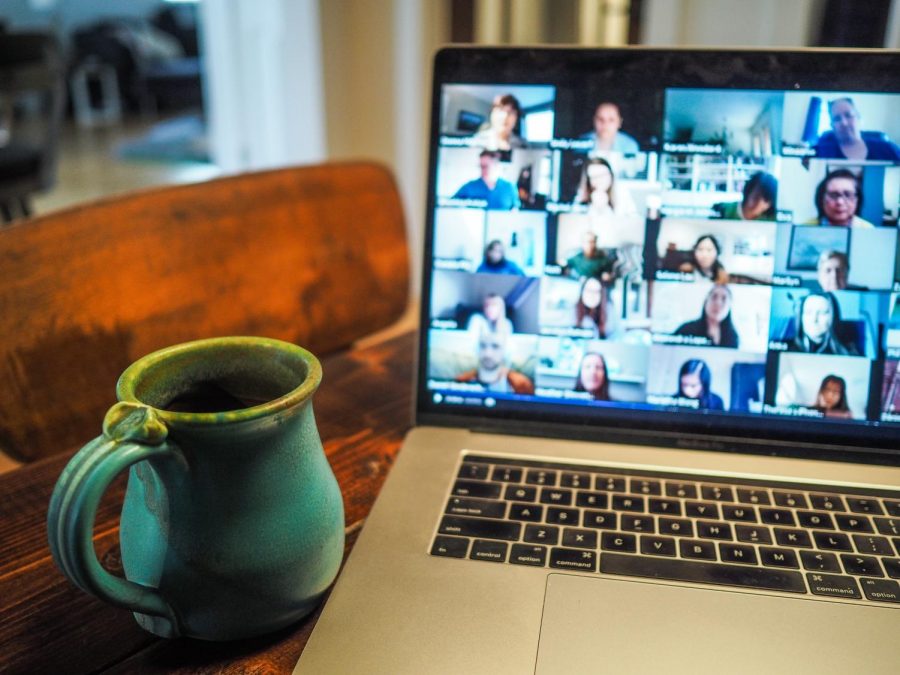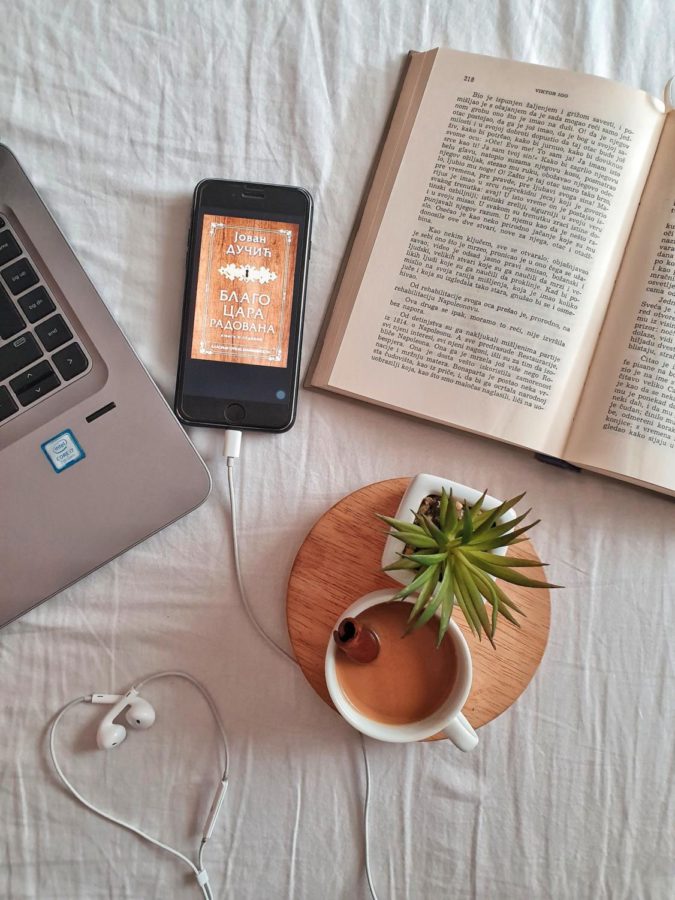Zoom Banned in Schools over Security Concerns
April 21, 2020
Around the world, COVID-19 has caused schools to shut down and move their learning online, leaving teachers scrambling to find ways to teach their students remotely. Many instructors have been relying on the video conference platform Zoom to conduct lessons, leading to extensive use of the program. However, this change has come with increased scrutiny and many security breaches. As a result, on April 5, the Department of Education Chief Ursulina Ramirez informed principals that Zoom should no longer be used — and that the platform should be replaced with Google Hangouts Meet or Microsoft Teams.
There have been recent reports of hackers hijacking video conferences, known as “ZoomBombing” on students around the country. Cybercriminals do this by finding Zoom meeting ID numbers online and entering them uninvited to share disruptive or offensive comments and media using Zoom’s screen-share feature. With only a 9-11 digit ID required to enter a conference, it was relatively easy for hackers to hijack meetings. In one instance, a Massachusetts high school notes: “Someone was able to hack one of our school meetings easily and flashed swastika tattoos, the emblem of the German Nazi party.”
Along with ZoomBombing, questions have been raised about whether Zoom is reliably sending user’s data to other places such as Facebook. This does not include information like passwords and credentials, just data that the platform collects. Typically, this would not be too concerning, since many companies use similar practices, but hackers have found ways to retrieve that data and use it for harmful purposes. When sending data over the internet, businesses use something called “End to End encryption,” more commonly known as E2EE. E2EE ensures only communicating users can read messages and prevents third parties from being able to hack and decrypt that data. Zoom uses something called “transport encryption,” which is significantly less secure than E2EE and leaves users vulnerable to cybercriminals. With so many security issues leaving several to believe the billion-dollar company is held together with duct tape and string, many have become skeptical of using Zoom.
Mayor of New York City Bill de Blasio says, “We’re not going to put our students’ privacy and our students’ data at risk. We’d like to use that capacity, but only if we can do it in a secure way” For the same reason, Lauren Ledley, tech coordinator of PDS, explains why we decided to use Google Meet over other platforms like Zoom.
“When we first started planning for remote learning, we identified Google Meet as our standard vidcon platform. It is easy to use, utilizes existing PDS accounts, and reliably accommodates our needs for live interactions with large and small groups. Though Meet and Zoom serve the same purpose, we understand that Zoom and Meet provide some different features. However, the risk of student privacy of security with Zoom makes Meet the best option for us.”
She is not the only PDS member holding this opinion. Freshman Peter Ryan, adhering to the FBI’s warning not to use Zoom, comments: “When the FBI says that Zoom can be easily hijacked, there is definitely a problem. As students of PDS, we have a right to feel safe as we learn, and using Zoom jeopardizes this. I strongly encourage all schools to switch their remote learning platform to Google Hangouts. It is free, functions the same, and is much more secure.”
While many people like Ms. Ledley and Ryan argue avoiding Zoom is undoubtedly the right move, Junior Aaliyah Sayed brings up a valid point, saying, “Zoom is by far the most efficient and useful streaming platform out there. While some students have been victims of ZoomBombing, as long as we are careful, instances like these will not happen. Zoom has also patched many of its security breaches and installed safer encryption. While avoiding Zoom for the time being may be the safer move, we should go back to it once they update their security.” Right now, it is uncertain whether students around the country and PDS should ever go back to Zoom. Despite the possible advantages it has to other platforms, the safety of students in this challenging time is paramount.






